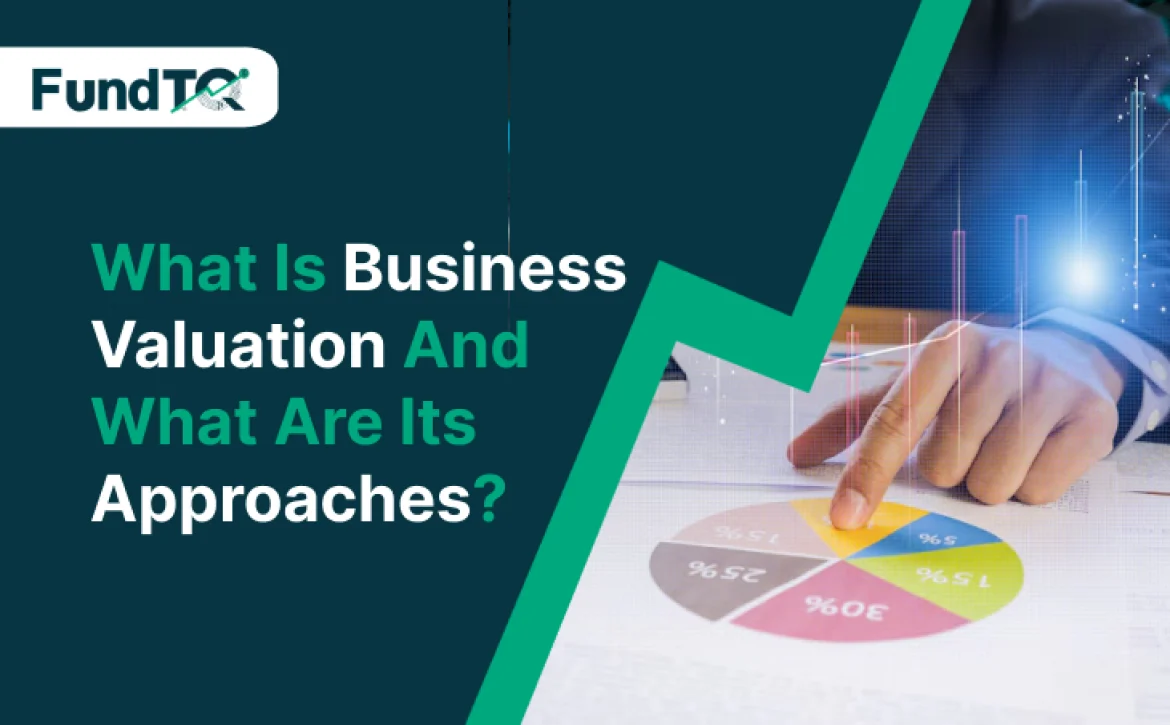Private Company Valuation Methods – Unlocking The Secrets
Are you a business owner thinking over the question, “What is the value of my business?” As the backbone of your financial portfolio, determining the worth of your private company is crucial for various purposes, from estate planning to potential sales. In this blog, we will learn about the easiest methods of finding a business valuation, especially for startups or companies who can’t afford to pay a high amount or dedicate much time to the process of valuing their business, including private company valuation methods.
Unveiling the Secrets: Private Company Valuation Method
The easiest and reasonable method of finding the valuation is to use an automated business valuation software. Specifically designed for reducing time and cost of finding the same.
Here are some of the amazing features of automated business valuation software:
1. Get Your Business Valuation in 10 Mins
Traditionally, business valuation has been a time-consuming and intricate process. However, with the advent of advanced business valuation software, you can now find the value of your private company in just 10 minutes. Imagine the efficiency and peace of mind this brings, allowing you to focus on strategic business decisions rather than grappling with lengthy valuation procedures.
2. Automated Statistical Calculations: Precision at Your Fingertips
Bid farewell to manual calculations and human errors. The latest business valuation software employs automated statistical calculations to ensure precision in your valuation. By leveraging cutting-edge algorithms, these tools analyze financial data, market trends, and other critical parameters, providing you with accurate and reliable valuation results.
3. Comprehensive Report-Impact Teaser: Insights That Matter
The business valuation software goes beyond mere numbers. It generates comprehensive reports, including an Impactteaser that highlights the significant factors influencing your company’s valuation. This insightful feature empowers you with a deeper understanding of your business’s strengths and areas for improvement, facilitating informed decision-making.
4. Advanced Analytics: Navigating the Complexity with Ease
Private company valuation involves a myriad of factors, and advanced analytics within the valuation software simplify this complexity. Whether it’s assessing EBITDA multiples, industry growth rates, or competitive advantages, the software’s analytics provide you with a holistic view, enabling you to make strategic decisions based on data-driven insights.
5. Hassle-Free Experience: Redefining Valuation Effortlessly
Say goodbye to the hassles and headaches associated with traditional valuation methods. The business valuation software streamlines the entire process, offering a hassle-free experience. No more wrestling with spreadsheets or juggling complex formulas; instead, enjoy a seamless and user-friendly interface that makes business valuation a breeze.
6. Easy to Use: Empowering Every Business Owner
Accessibility is key. The business valuation software is designed with simplicity in mind, ensuring that every business owner, regardless of their financial acumen, can easily navigate and utilize the tool. The intuitive interface guides you through the valuation process, making it accessible to all without compromising on accuracy.
Embrace the Future of Private Company Valuation
As we unravel the secrets of private company valuation methods, the evolution of business valuation software emerges as a game-changer. With features like rapid valuation, automated calculations, comprehensive reporting, advanced analytics, and a hassle-free, user-friendly experience, these tools empower business owners to unlock the true value of their enterprises effortlessly.
Say goodbye to the complexities of business valuation and embrace the future with innovative software that puts the power of precision at your fingertips. Your business’s true worth is just a few clicks away!
Also Read: Top Investment Banking Companies in India





